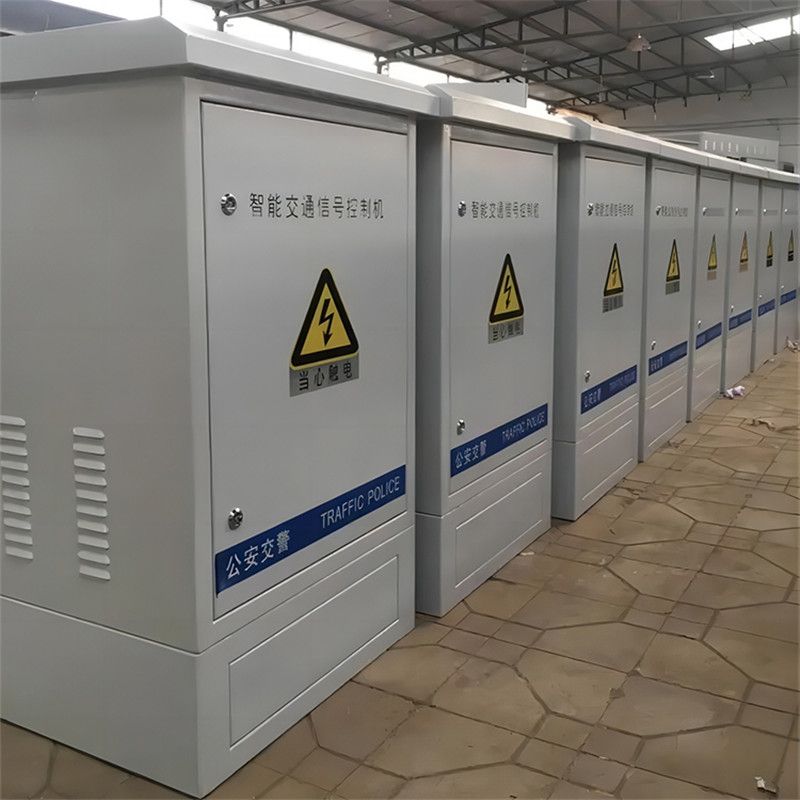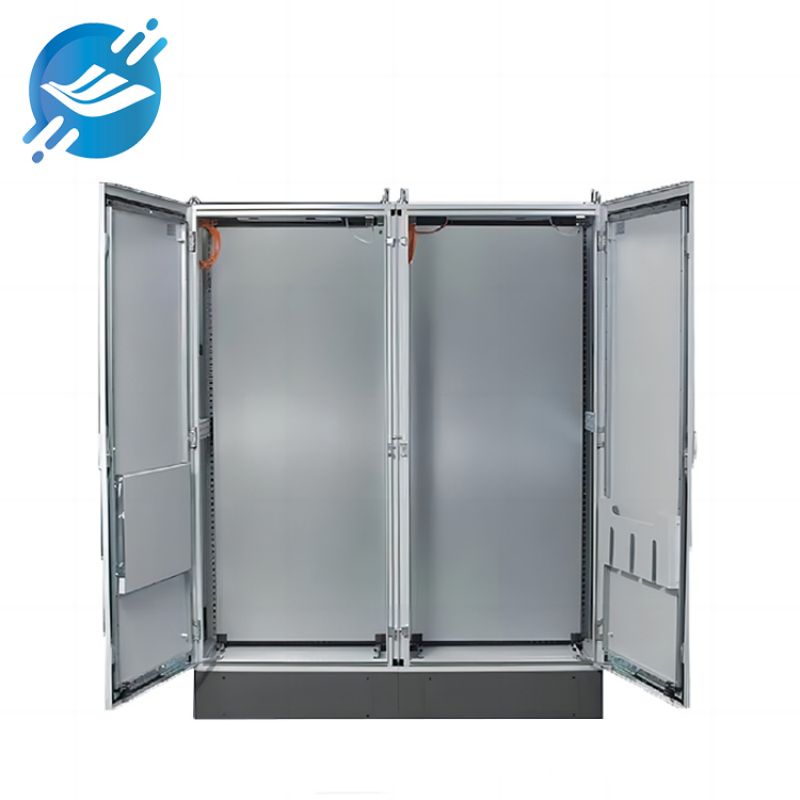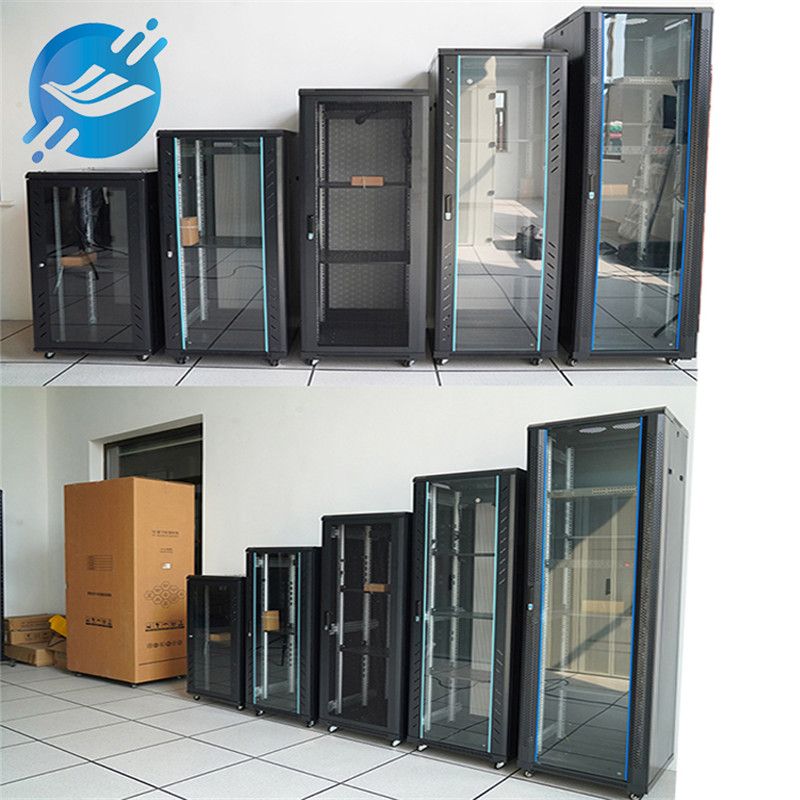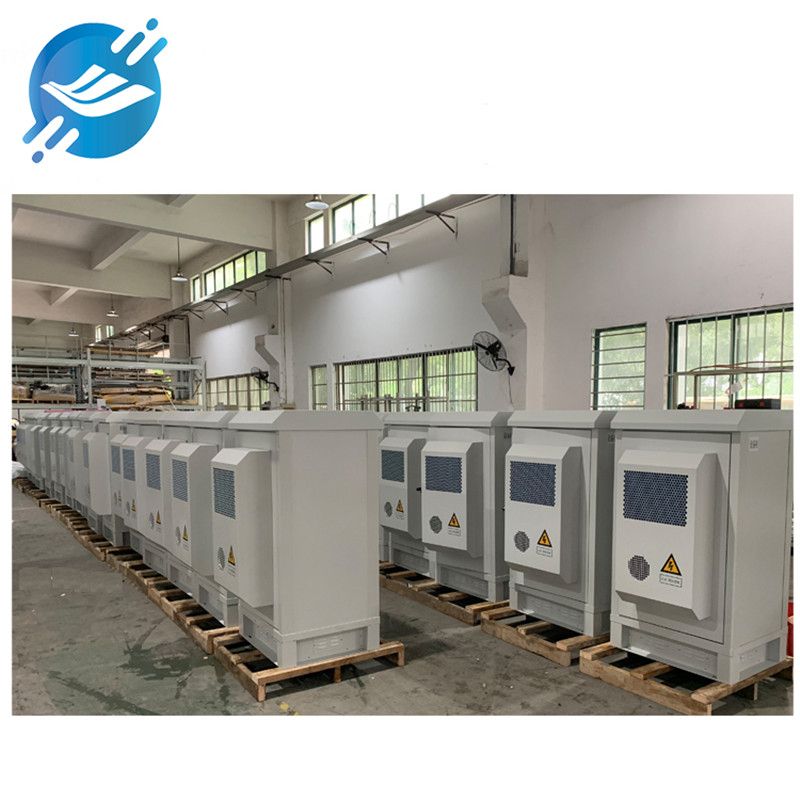Outdoor integrated cabinets and outdoor cabinets refer to cabinets that are directly under the influence of natural climate, made of metal or non-metallic materials, and do not allow unauthorized operators to enter and operate. The differences between outdoor integrated cabinets are: shortening the construction period, reducing The single-path failure point between each functional module greatly improves the compatibility between systems and greatly improves the space utilization of the user's computer room, providing users with a more consistent, higher integration, higher manageability and Scalable small intelligent computer room system.

Process characteristics and performance:
1. Double-wall structure design, with insulation material in the middle, has strong resistance to solar radiation and cold protection. It consists of a basic frame, top cover, back panel, left and right doors, front door, and base. The outer panels are screwed in from the inside of the door and are not visible from the outside thus eliminating any weak point of forced entry into the cabinet. The double-layer door is equipped with a three-point locking device and is sealed with Pu foam rubber around the door. The 25mm wide interlayer between the outer panels provides ventilation channels, can reduce the impact of sunlight to a certain range, and supports heat exchange inside the cabinet. The top cover has rain shields extending 25mm wide and 75mm high on all sides. Canopies and awnings have complete ventilation slots to ensure gas exchange, and the base can be sealed with a complete or partial sealing plate.
2. The protection level can reach IP55, and the fire protection performance meets the international UL fire protection standards.
3. The overall structure complies with GB/T 19183 standard and IEC61969 standard.

Structural process characteristics and performance within the cabinet
1. According to the requirements of the equipment's working environment, the overall structure adopts subdivision, functional and modular design concepts, and the structural layout is reasonable.
2. The cabinet is divided into electrical cabin, equipment cabin and monitoring cabin. The power distribution cabin contains electrical installation boards; the equipment cabin houses main equipment and environmental monitoring sensors; the monitoring cabin adopts a 19-inch installation structure with 4 built-in mounting rails, with a total capacity of 23U, which can be placed in power systems and communication monitoring equipment.
3. Both shielded (EMC) and non-shielded solutions can be provided according to different requirements of the equipment.
4. Adopt professional outdoor mechanical lock and electronic lock dual protection design, with remote monitoring function. It has strong anti-theft ability and high anti-vandalism coefficient.
5. Provide customers with tailor-made outdoor cabinet solutions for climate control.

As competition in the communications industry intensifies, in order to reduce investment costs and operating costs, more and more operators are choosing outdoor communications equipment to build communications networks. There are various heat dissipation methods for outdoor communication equipment. Currently, the common ones include natural heat dissipation, fan heat dissipation, heat exchanger heat dissipation and cabinet air conditioning.
How to choose the heat dissipation method of outdoor cabinets to minimize the impact of high and low temperature environments on equipment is a matter of great concern to operators.
1.Fan heat dissipation. After testing the temperature inside the outdoor battery cabinet (external ambient temperature 35°C), the results show that the natural heat dissipation without a fan will cause the internal temperature of the system to be higher due to solar radiation heat and poor heat dissipation in a closed system. , the average temperature is nearly 11°C higher than the ambient temperature; using a fan to extract air, the air temperature inside the system is reduced, and the average temperature is about 3°C higher than the ambient temperature.
2.The internal temperature of the battery cabinet was tested under the heat dissipation mode of cabinet air conditioners and outdoor cabinet air conditioners (external ambient temperature is 50°C). From the results, when the ambient temperature is 50°C, the average battery surface temperature is about 35°C, and a temperature of about 15°C can be achieved. The reduction has a better cooling effect.

Summary: Comparison between fans and cabinet air conditioners under high temperature conditions. When the external ambient temperature is relatively high, the cabinet air conditioner can stabilize the interior of the cabinet at a suitable temperature, which can extend the service life of the battery.
Post time: Oct-31-2023





